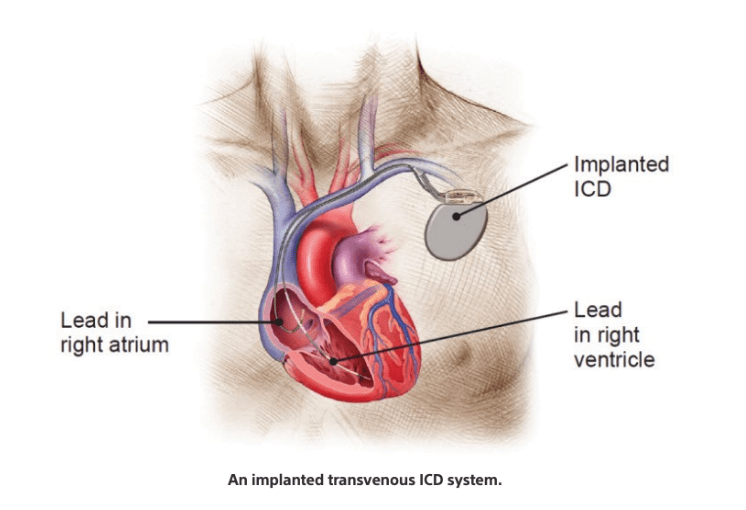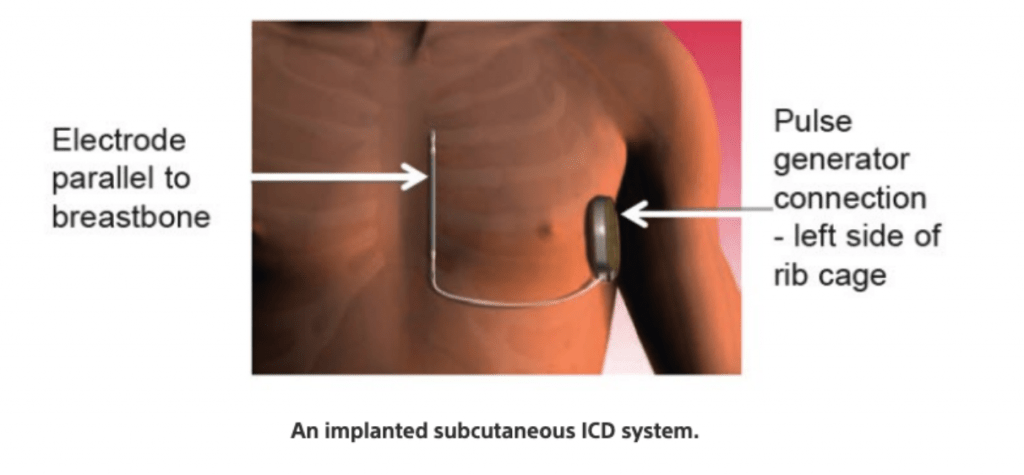About Brugada Syndrome
Brugada syndrome (BrS) is an inherited condition that is characterised by abnormalities in the electrical conduction of the heart. Many patients have few if any symptoms of BrS. The condition may result in the sudden death of patients, and this is often the first presentation of the syndrome.1
Prevalence of Brugada Syndrome
Literature suggests that the prevalence of BrS may range from 0.5 per 1,000 to 35.5 per 1,000 depending on the ethnicity of the patient. There appears to be a higher percentage of patients with BrS in Southeast Asian countries, where higher prevalence rates have been recorded. Patients may typically present around their 40th year of life.2
Signs and symptoms of Brugada Syndrome
Patients with BrS may present with very few if any cardiac symptoms, however, on detailed family history can identify sudden and/or unexplained deaths of a family member. Typically, patients with BrS have a normal structural heart.
Many patients with undiagnosed BrS may present as a sudden cardiac event, causing death, often at sleep or during rest. Other signs can include:
- Syncope (fainting),
- Nightmares or “thrashing” in sleep (thought to be associated with hypoxic events),
- Abnormal Electrocardiograph (ECG) – (Changes in leads V1-3 in particular),
- Potential Atrial Fibrillation, and
- Fevers have also been reported.
ECG changes specific to BrS:
(Note the “Coved” appearance of the ST segment in V1 and V2).

Treatment for Long QT Syndrome
At present, there are no known medications that can reduce the risk or complications of BrS.
The standard treatment will often include the implantation of an Implantable Cardioverter Defibrillator (ICD). These devices are able to sense, detect and treat life-threatening Ventricular Rhythms that are often associated with BrS.
Currently, there are two types of ICDs:
- Transvenous ICD – these devices place a lead (or leads) into the Right Ventricle and attach to a Device that sits inside the chest wall.

- Subcutaneous ICD – these devices are similar to transvenous ICD’s but the lead is placed outside the heart, sitting above the sternum and attaching to a device that is typically positioned under the armpit.

